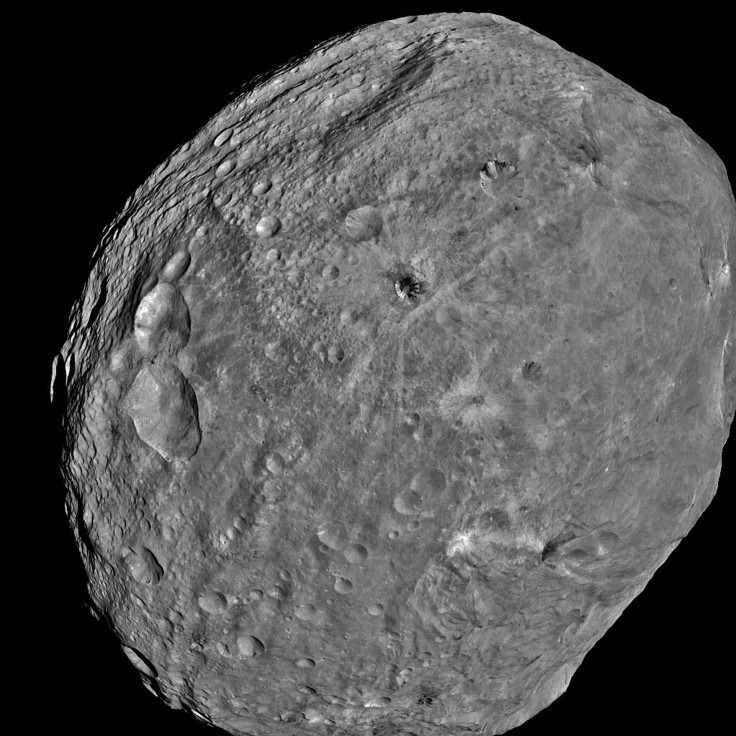NASA's OSIRIS-REx Captures Amazing Photos Of Asteroid Bennu, Most Detailed Yet

NASA's OSIRIS-REx has captured new closeup images of the asteroid Bennu.
After arriving at the asteroid late December, NASA's OSIRIS-REx had broken records after slipping into orbit around the space rock. And NASA's OSIRIS-REx's close orbit has yielded amazing results as the spacecraft has captured incredible images of the asteroid.
Bennu, which measures 1,600 feet in diameter, is the smallest celestial object ever to be successfully orbited so far. Aside from this, the fact that NASA's OSIRIS-REx is orbiting around Bennu at only just over a mile (1.6 kilometers) makes its close orbital distance record-breaking.
Two new images of the asteroid Bennu were taken just a mile away by the NavCam, the main camera the OSIRIS-REx mission team uses to steer the probe. Taken Jan. 17, the new photos of Bennu reveal the asteroid's south pole. It also showed the rugged shape of Bennu, which scientists believe was the result of rubble loosely clumping together to form the space rock. Check out the new asteroid Bennu images below.
As I fly around Bennu during Orbital A, my scientific cameras are not collecting data. But my NavCam 1 imager is taking "OpNav" (short for optical navigation) images like these to help monitor my path around the asteroid.
— NASA's OSIRIS-REx (@OSIRISREx) January 23, 2019
Image details ➡️ https://t.co/BLXn6GU6My pic.twitter.com/ZCTjYVxpnu
NASA also previously released an image of asteroid Bennu captured at a distance of about 8 miles (12 kilometers). The photo was taken while OSIRIS-REx was preparing for orbit. And while it was not as detailed as the latest images, the photo of Bennu's south pole still provides a good view of the asteroid's surface topography.
A view from the southern hemisphere... I captured this shot of Bennu with my MapCam imager as I flew past the asteroid's south pole during Preliminary Survey. 📸 More image details: https://t.co/bap4f8o8tF pic.twitter.com/DccuCPZnUP
— NASA's OSIRIS-REx (@OSIRISREx) January 22, 2019
Meanwhile, NASA's OSIRIS-REx will be bringing back samples from the asteroid by 2023 for scientists to study. With the help of samples provided by NASA's OSIRIS-REx, scientists will be able to learn more about the formation of asteroids, which in turn would help in understanding its composition and unlocking clues about the early solar system.
“Osiris was formed from pieces scattered across ancient Egypt, where he awoke as the bringer of life and ruler of the underworld,” Dante Lauretta, the principal investigator for OSIRIS-REx, said in a statement released on NASA's website. “Our spacecraft has a similar story — it will be consist of components fabricated in locations around the world, that once together, will allow us to connect with a near-Earth object that is an accessible remnant from the formation of our solar system."
This will mark the United States' first asteroid sample-return mission. In 2010, Japan's Hayabusa became the first spacecraft to bring back samples from an asteroid. Hayabusa2, its successor, is currently on asteroid Ryugu (1999 JU3) and is set to depart with more samples in December, the BBC reported.
© Copyright IBTimes 2025. All rights reserved.




















